Wednesday, April 1, 2021 – BEFORE SOUTHPOINT PARK, A CREATIVE PROJECT


THURSDAY, APRIL 1, 2021
The
326th Edition
THE ENCAMPMENT
REVISITED
IN 2007, ARTIST THOM SOLOLOSI BROUGHT A UNIQUE ART AND HISTORY PROJECT COMPOSED OF 100 TENTS CONTAINING STORIES OF THOSE LOST IN THE WORLD OF MENTAL ILLNESS, PRISONS AND ASYLUMS.
THE SITE WAS SOUTHPOINT PARK, WHICH WAS ONLY A HILL OF GRASSY AND DUSTY LAND. THE FDR AND SOUTHPOINT PARKS WERE NOT BUILT AND THIS VAST OPEN SPACE LED TO A GRAND VISUAL SITE.
THE PROJECT TOOK MONTHS TO PLAN. THE EXECUTION TOOK PLACE IN A FEW DAYS AND THE ENCAMPMENT WAS OPEN TO THE PUBLIC FOR JUST A LONG WEEKEND.
2007 WAS A DIFFERENT TIME AND THE ISLAND FLOURISHED WITH MANY ART PROJECTS AND LESS CONSTRAINTS OF THESE LATTER YEARS.

Artwork, Assembled at the Last Minute, Explores the Long Ago
The New York Times (c)
Thom Sokoloski’s installation artwork, “The Encampment,” has been assembled on the southern tip of Roosevelt Island.Credit…Robert Bennett for The New York Times
By Melena Ryzik
- Oct. 6, 2007
At about 7 last night, “The Encampment,” an installation of 100 19th-century-style tents by the Canadian artist Thom Sokoloski, was to open in an empty field at the southern tip of Roosevelt Island.
A year in the making, the tents represent the patients who once lived in the island’s smallpox hospital, the remains of which loom nearby. Inside each, volunteers would arrange artifacts to memorialize patients and other island residents. As a final touch, the tents were to be illuminated from within, so “The Encampment” would be visible from both sides of the East River, a glowing link to the area’s history.
But first, it had to be finished.
In the 80-degree weather of yesterday morning, a dozen volunteers showed up to help; most encountered a locked gate. Though Mr. Sokoloski spent months assembling the proper permits, security had been a constant issue: the site, part of what will become Southpoint Park, is usually closed to the public. Homeland Security officials were on high alert because of the United Nations General Assembly meeting just across the East River, and the police threatened to shut things down because of a miscommunication.
By noon only a dozen tents had been set up, and few were filled. Mr. Sokoloski’s partners, Jenny-Anne McCowan, a choreographer and outreach coordinator, and John McDowell, a composer, busied themselves marshaling the volunteers.
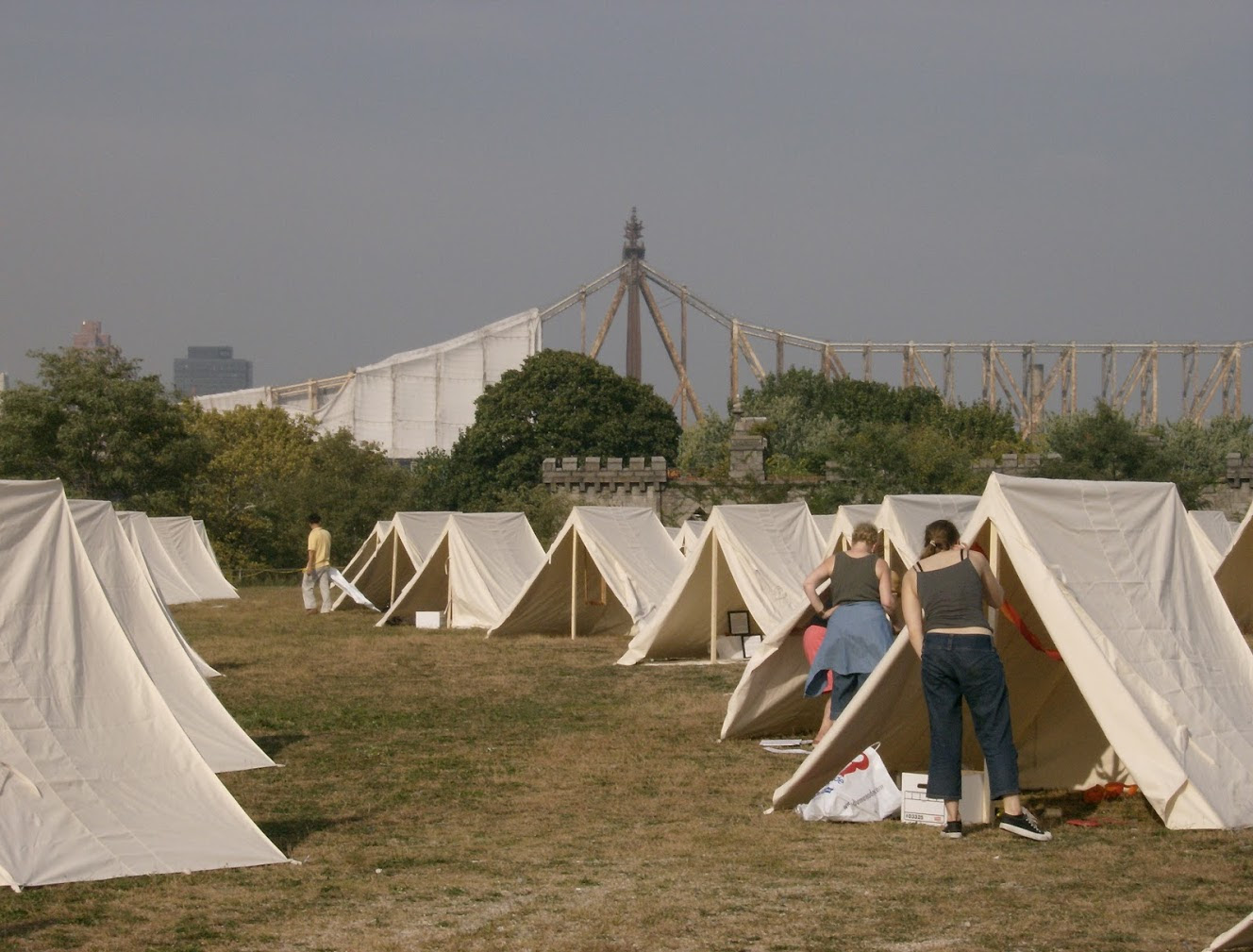

Even the construction supervisors — four Canadian military re-enactors, with extensive experience in putting up tents — were sweating. The exhibition, part of the annual Openhousenewyork weekend, was several hours behind schedule.
But Mr. Sokoloski, a Toronto-based artist who seems younger than his 57 years, remained calm. A former theater director (he worked at La MaMa in the 1980s) and location scout for movies, he is adept at making big projects work, like an opera he staged in Toronto’s main train station in 1992.
“It’s one thing after another, but you get used to it,” Mr. Sokoloski said. “You just keep going till the last moment, because who knows what will happen tomorrow?”
“The Encampment” is the second in a series of tent-based installations Mr. Sokoloski has planned. A smaller-scale version was erected in Toronto last year for Nuit Blanche, an arts festival, and he hopes to create a larger version elsewhere in Canada next year. Each project is devoted to exposing an urban past that’s usually kept hidden: the history of mental health and addiction treatment in Toronto, the confinement and isolation of the many sanitariums that once dotted Roosevelt Island.
The idea, Mr. Sokoloski said, was to create “an archaeological dig into the collective memory of a space.” To enhance that collective spirit, he enlisted about 70 “creative collaborators” — artists, students and patients from the island’s Coler-Goldwater Memorial Hospital — to research and compile art for the tents.

The tents ready to be filled with memories.
Below:
Sketches of asylum inmates from “Ten Days in a Madhouse”
Doll and piano represent musical memories
Small images on the fabric of the tent with piles of money on the ground
Oysters, commonly found in the East River
Some people took on more than one tent. The interior objects — drawings, dioramas, mannequin heads, flowers — had to be small enough to be boxed up, though Mr. Sokoloski was not to know what they were.
The volunteers had only two hours to install their work. Ronit Muszkatblit, 32, a theater director from the East Village, was inspired by the story of Ernest Otto, an asylum patient who died in 1894 after choking on rice and bread. Her installation included a human silhouette buried in rice. “I love site-specific work,” Ms. Muszkatblit said before dragging a cart laden with props to her tent.
“The energy, the adrenaline, the rush of the last moment, the not sleeping and carrying everything back and forth.” Mr. Sokoloski knows all about it. On Wednesday the tents — seven-foot-long canvas A-frames — were still at the manufacturer, the Fall Creek Suttlery, of Lebanon, Ind., which usually supplies tents for military re-enactments, because Mr. Sokoloski didn’t have the money to pay for shipping
By the time the funds materialized, he needed the tents shipped overnight— at a cost of about $4,000. “I said, ‘I can’t pay that much,’” Mr. Sokoloski recalled. (“The Encampment” cost about $150,000, financed mostly by him, Ms. McCowan and donations.) He asked Andy Fulks, the company’s owner, for a cheaper alternative.
Mr. Fulks came up with one: a guy named Wayne. So Wayne, a local resident, packed the 100 tents into his pickup and drove straight through from Indiana to New York, delivering the tents at 2:30 on Thursday afternoon. Then he turned and drove home.



The construction cavalry — Canadian re-enactors who specialize in the War of 1812 — arrived early Friday morning, hauling a trailer filled with 100 pounds of 10-inch nails and 300 beams to erect the tents. But the beams were the wrong size. So hours before opening, volunteers had to cut them to fit, using the trailer’s fender as a sawhorse.
Mr. Sokoloski savored the momentum. “I find there’s a kind of excitement when you do it this way,” he said of his last-minute art. “It’s not a Cartesian way to achieve results. But there’s this other level of energy, of spontaneity.”
In the end they were able to erect only 90 of the tents on Friday. (Ten more will follow today.) But the lights went on just after 7.
THURSDAY PHOTO OF THE DAY
SEND YOUR SUBMISSION
TO ROOSEVELTISLANDHISTORY@GMAIL.COM
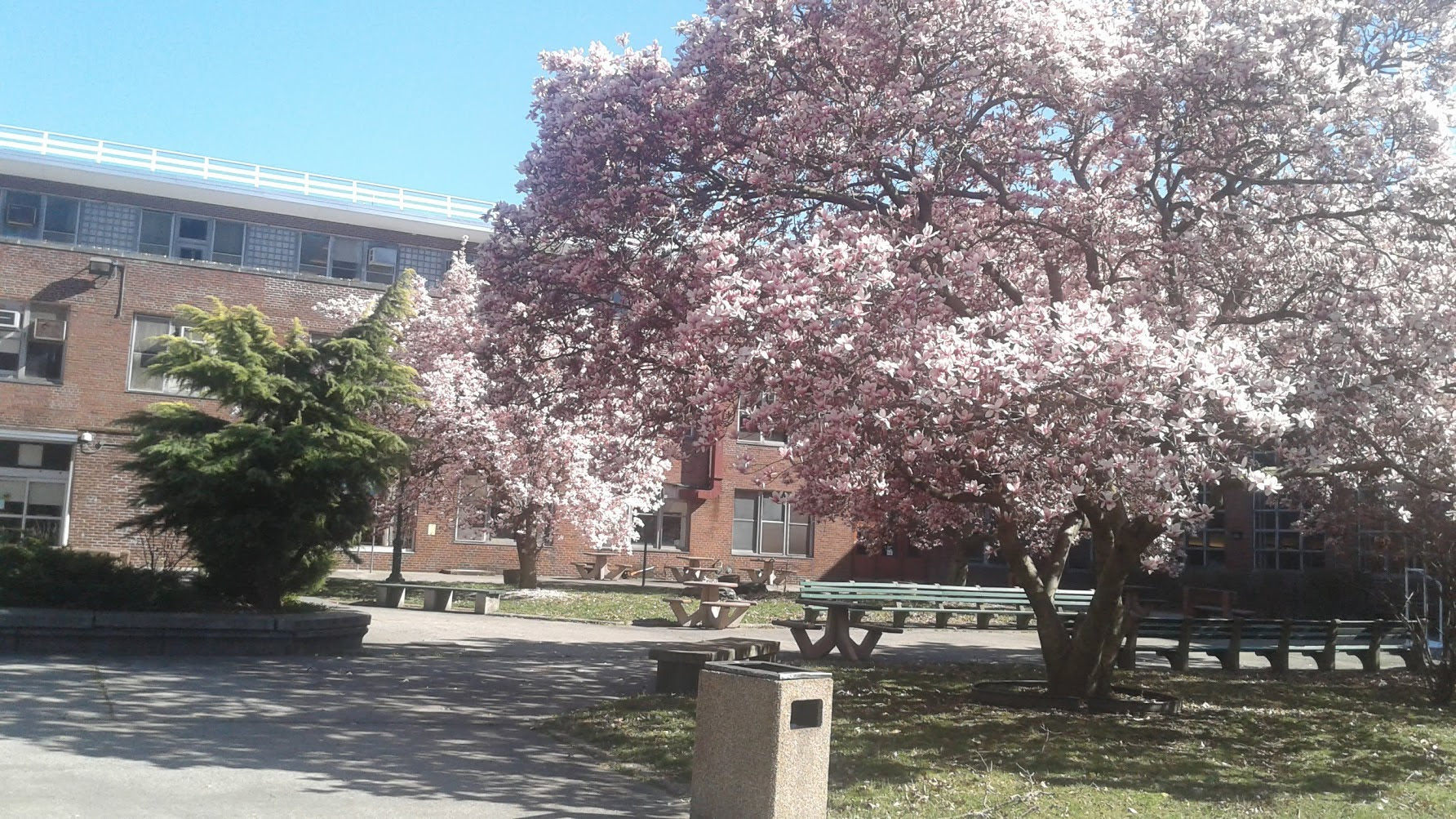
WEDNESDAY PHOTO OF THE DAY
Temple Emanu-El
One East 65th Street
Gloria Herman, Aron Eisenpreiss, Jay Jacobson, Vicki Feinmel and
Arlene Bessenoff got it right

Text by Judith Berdy
Thanks to Bobbie Slonevsky for her dedication to Blackwell’s Almanac and the RIHS
Thanks to Deborah Dorff for maintaining our website
Edited by Melanie Colter and Deborah Dorff
All image are copyrighted (c)
RIHS ARCHIVES
JUDITH BERDY
NEW YORK TIMES (C)
FUNDING PROVIDED BY ROOSEVELT ISLAND OPERATING CORPORATION PUBLIC PURPOSE GRANTS CITY COUNCIL REPRESENTATIVE BEN KALLOS DISCRETIONARY FUNDING THRU DYCD


Copyright © 2021 Roosevelt Island Historical Society, All rights reserved.Our mailing address is:
rooseveltislandhistory@gmail.com

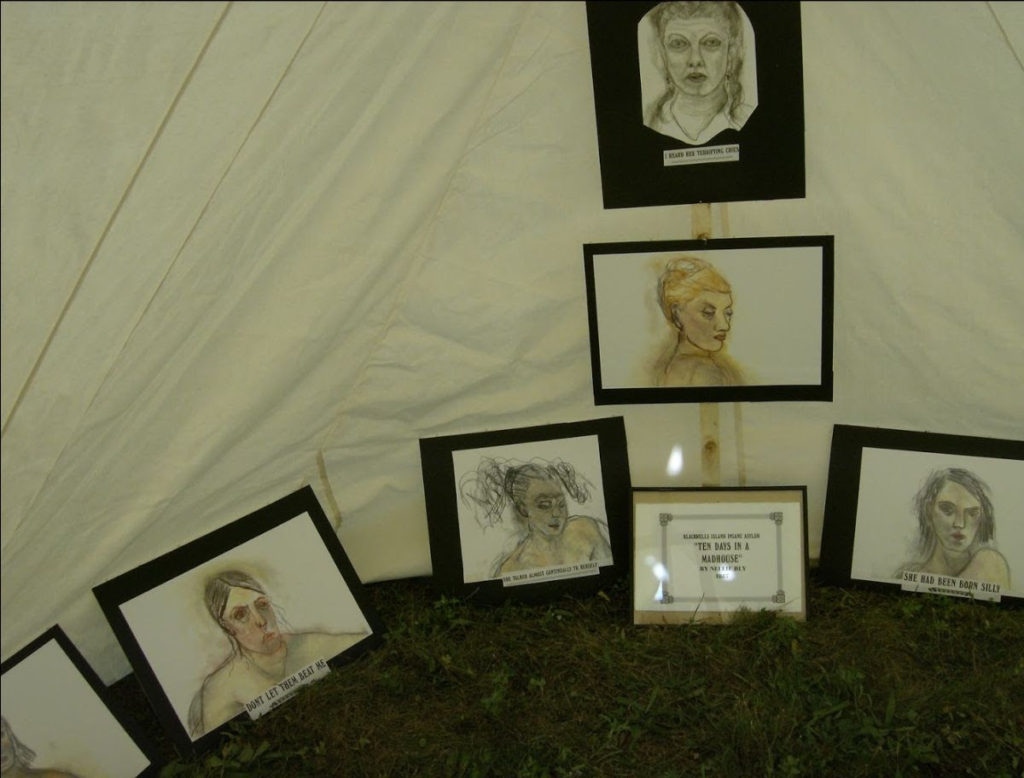
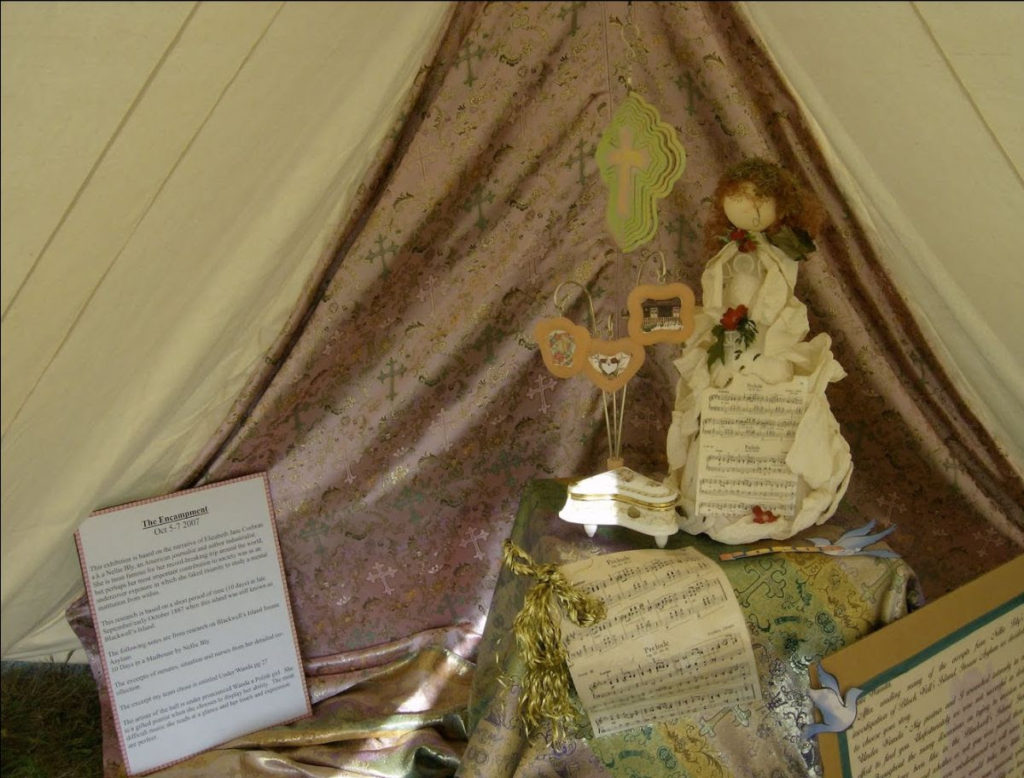
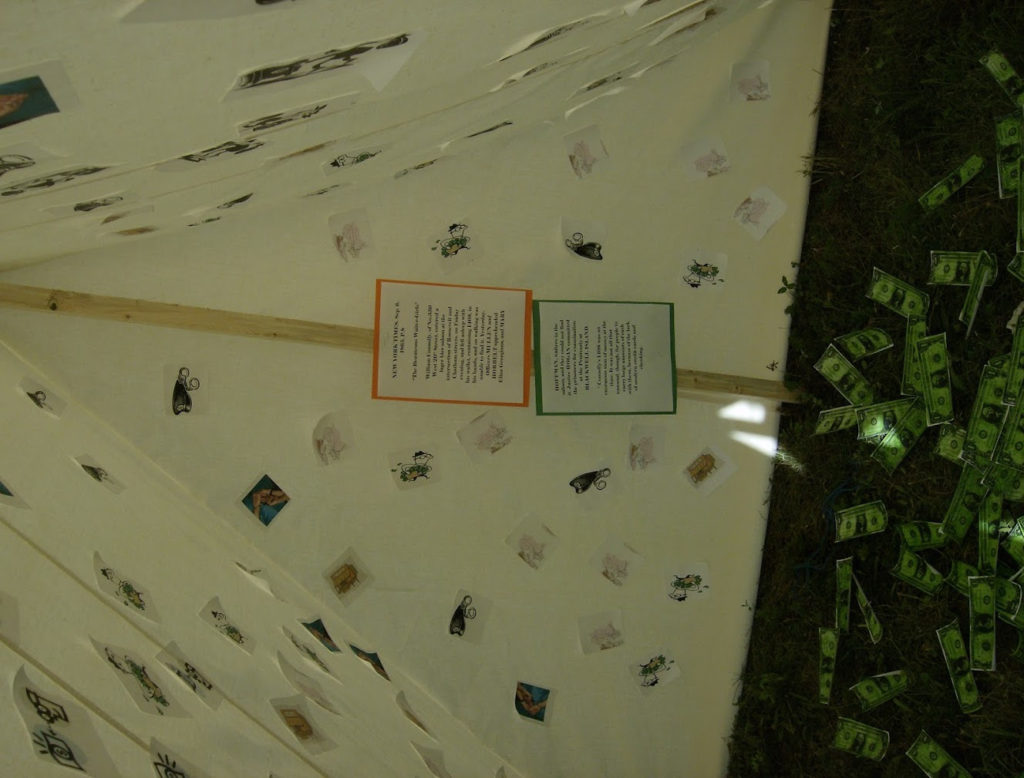
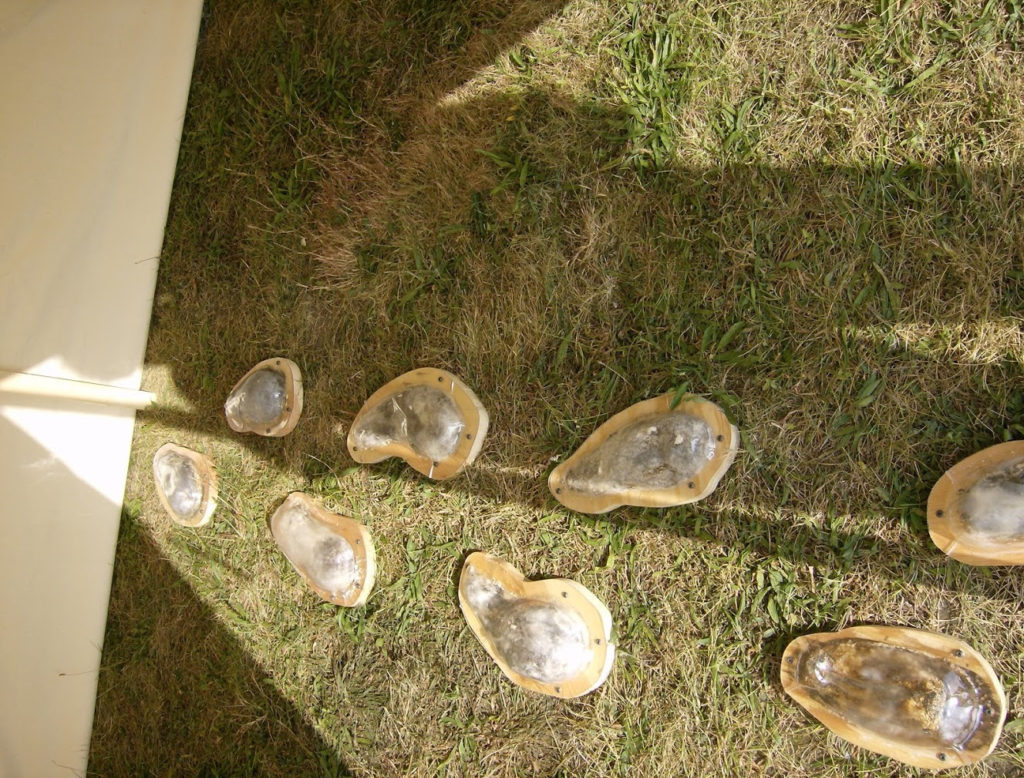
Leave a comment